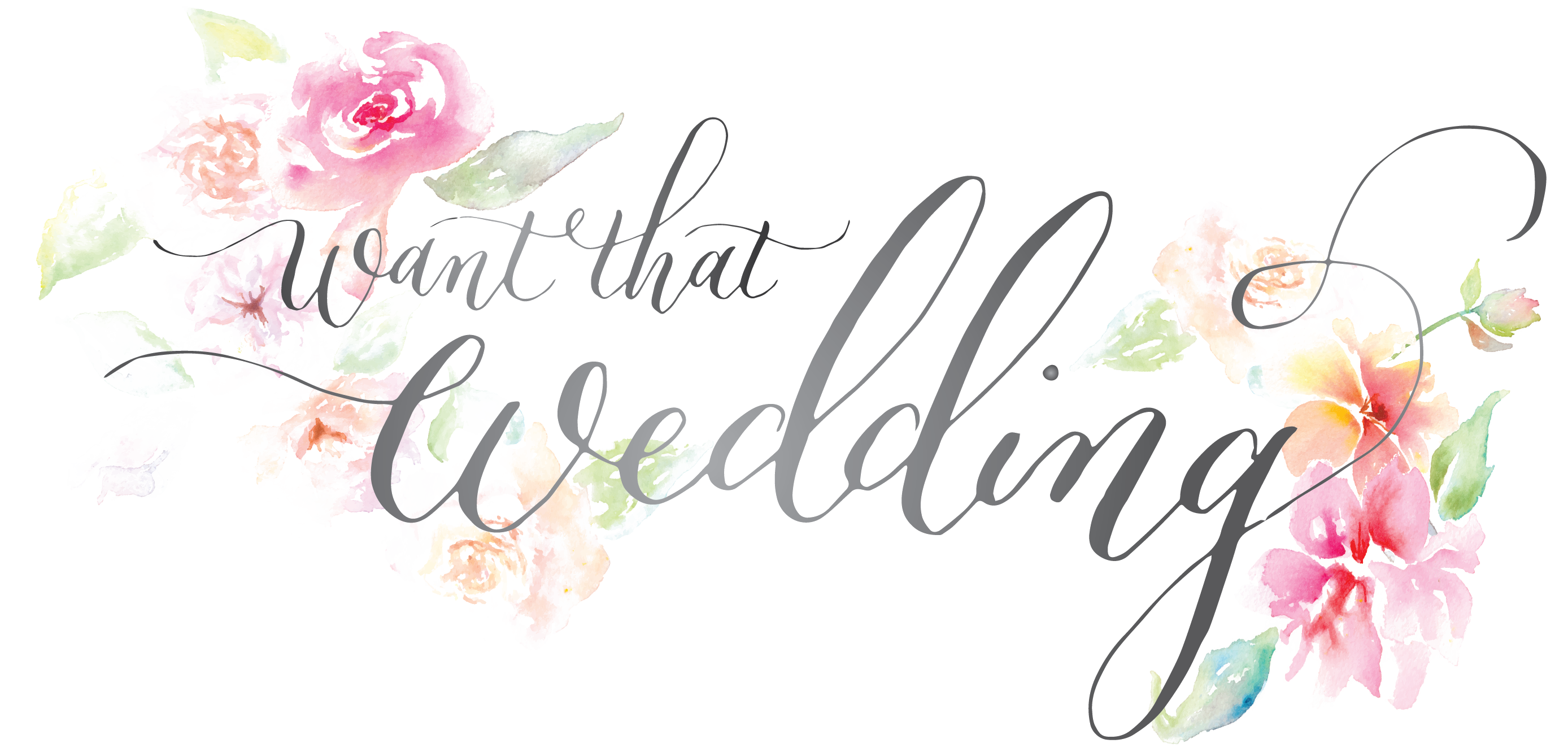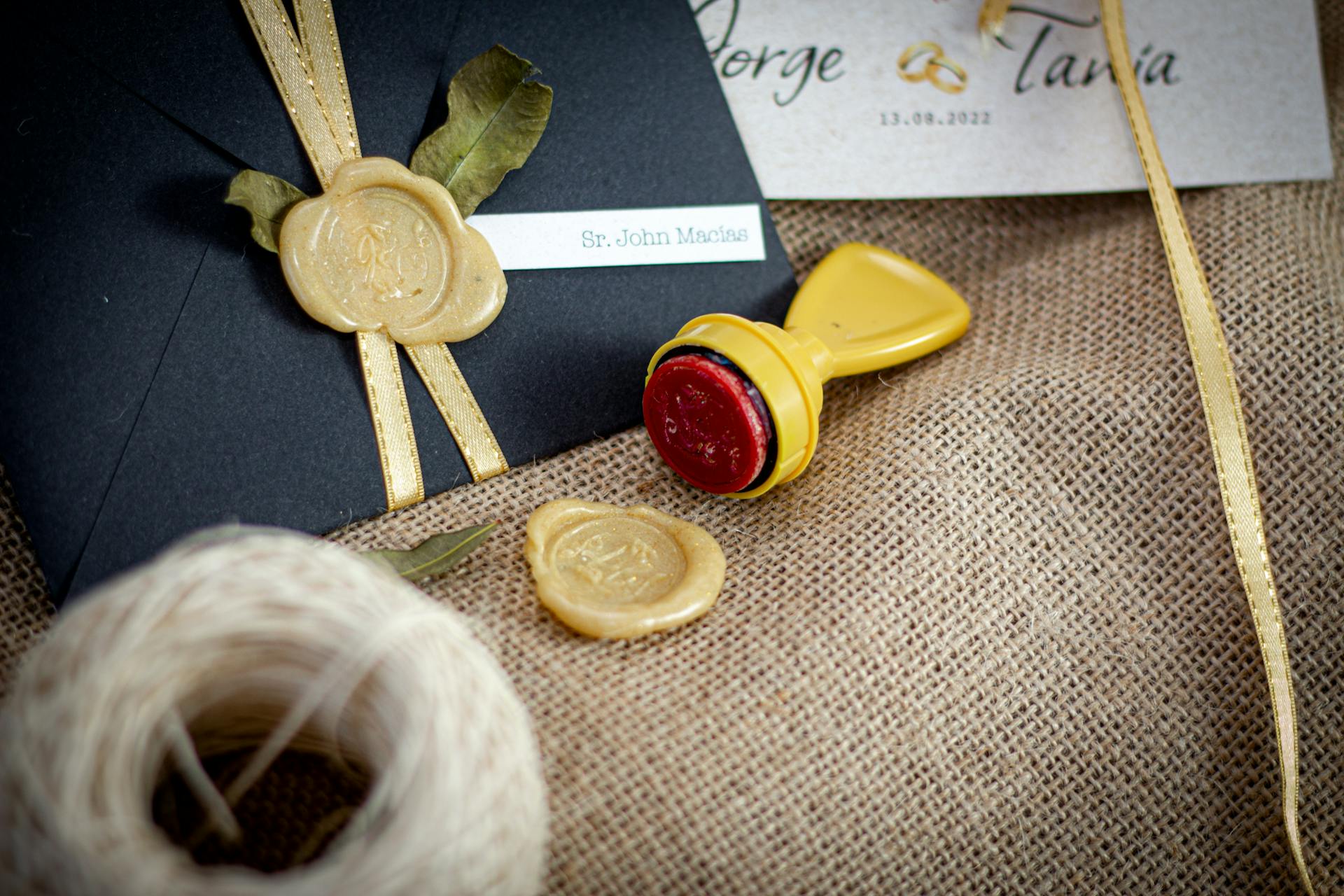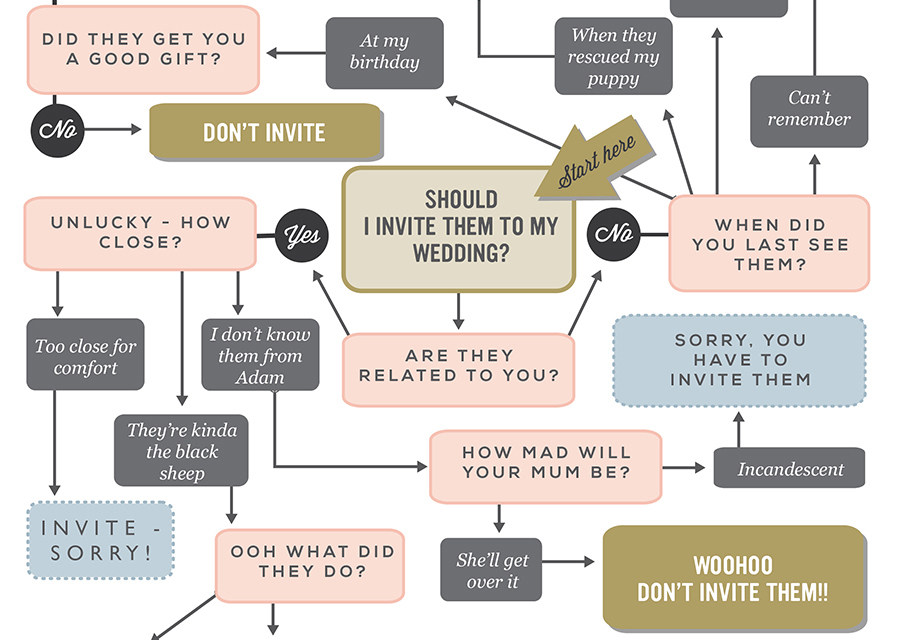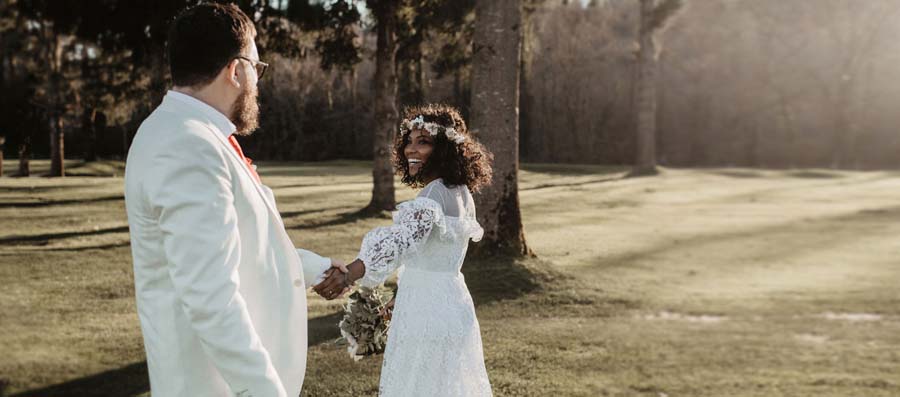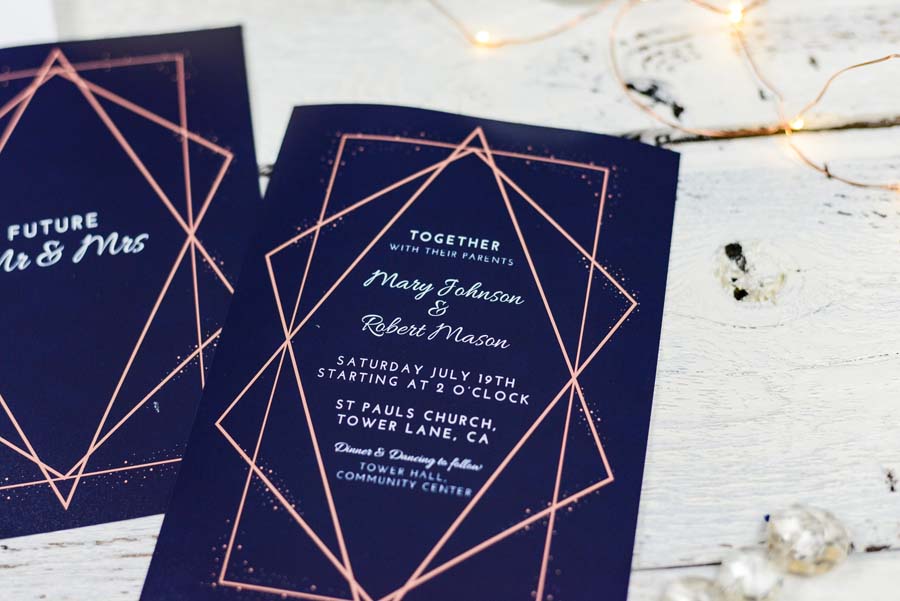When it comes to sending letters, invitations, or other important documents, a wax seal on the envelope adds a touch of elegance and sophistication. Wax seals have been used for centuries to authenticate documents and letters, and they are still popular today. From sealing wedding invitations to fancy correspondence notes, wax seals for envelopes are excellent choices.
So, in this guest post, we will explore the history of wax seals, their symbolism, how they are created, and why they are making a comeback in the digital age. Armed with this knowledge, you can get the best wax seals for envelopes and make a great impression.
The History of Wax Seals
Wax seals have a rich history that dates back to ancient times. In ancient Rome, wax seals were primarily used by officials to authenticate important government documents. The practice eventually spread throughout Europe during the Middle Ages when feudal lords started using wax seals as a way to protect their correspondence.
During this time, different types of waxes were used for sealing envelopes. Initially, beeswax was the preferred material due to its malleability and durability. Later on, various additives like resin or shellac were mixed with beeswax to enhance the seal’s strength even further.
Symbolism and Meaning
Beyond their practical purpose of securing envelopes and letters, wax seals also carried symbolism and meaning. Each seal symbolized authority and legitimacy. The design engraved onto the seal represented the sender’s identity or personal emblem.
In addition to personal emblems or coats of arms, various symbols were engraved onto seals for different occasions—a heart shape that conveyed love or friendship, a dove symbolizing peace, or an anchor indicating hope.
Creating Wax Seals: Traditional vs. Modern Methods
Traditional Method
To create traditional wax seals before modern technology came into play, one required a metal stamp called a signet, which would be dipped into molten wax and then pressed onto an envelope while holding it firmly until the material hardened completely.
A crucial aspect of these traditional methods was customization; each signet featured unique engravings with personal or family emblems.
Modern Method
In today’s age of convenience, modern methods have made it easier to create and use wax seals. The traditional signet has been replaced by carefully crafted metal stamps or engraved dies, offering a wide variety of designs.
Rather than melting blobs of wax entirely by hand and creating a mess in the process, you can now find pre-made sealing waxes available in stick or bead form. These specialized wax products are designed specifically for ease of use and quick sealing.
Making a Comeback
In this digital age, you might wonder why choose such a traditional method. Wax seals aren’t just limited to correspondence between royals anymore. They’ve made a comeback and are now used for various purposes:
- Personal Touch to Invitations
Adding a wax seal to an invitation adds elegance and sophistication while also setting the tone for the event ahead.
- Business Branding
Incorporating a wax seal bearing your company’s logo on correspondence gives an instant classy touch that sets your brand apart from standard corporate letters.
- Gift Wrapping
Decorate your gifts with wax seals; it adds that extra-special touch and shows how much thought went into the packaging.
- Crafting and Hobbyists
Wax seals have garnered popularity in arts and crafts activities, such as scrapbooking or making handmade greeting cards, allowing creative expression with personalized marks.
Conclusion
Wax seals are not only functional but also add personality and class to your envelopes or documents. Whether it is wedding invitations, graduation announcements, holiday cards, or even business correspondences, using wax seals elevates them above generic communication.
One could assume that in today’s world dominated by technology, where everything is sent with just one click—wax seals would lose relevance — but they have stood the test of time and continue captivating people across generations with their old-world charm.
